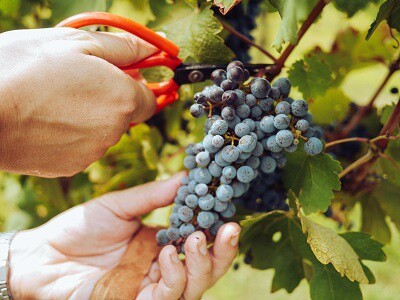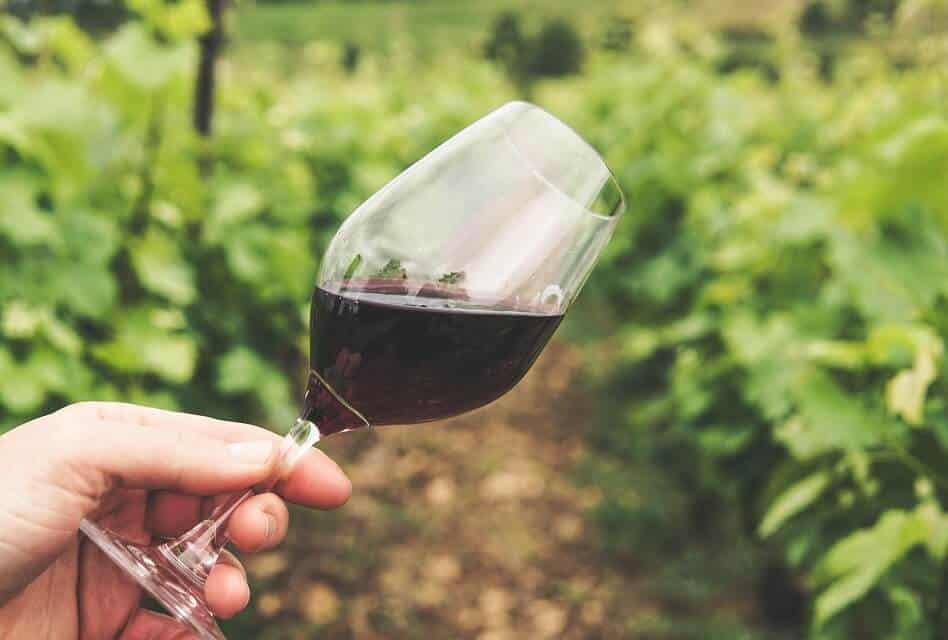There are many sophisticated terms that wine lovers use to describe the taste of wine. While some are self-explanatory, others are a little vague. And if you are not a wine expert, you might struggle to get the whole meaning of this wine terminology. One of these terms is wine structure. So what does wine structure mean? And is structured wine a good thing?
Wine structure refers to the interplay of a wine’s main characteristics, including wine body, alcohol level, acidity, tannins, and sweetness. The structure of wine determines the drinking experience and its aging potential.
As wine structure is not a scientific concept, it might be hard to wrap your head around it. Personal taste plays a huge part, and so does experience with wine and wine tastings. In this article, we will try to unpack it.
WHAT DOES IT MEAN WHEN A WINE IS STRUCTURED?
The statement that wine is structured is a positive evaluation. It affirms that its characteristics, such as sweetness, acidity, tannin, and alcohol levels, are well-balanced.
The art of winemaking is actually to create this balanced interplay. Winemakers have plenty of options to alter the single characteristics to make them work together and make a delicious drinking experience. To understand them better, let us talk about these characteristics in more detail.
How Acidity Affects Wine Structure
Arguably, acidity is the most critical factor for wine structure. Acidity is present in wine grapes naturally, so there is no wine without it. However, the level can vary significantly based on these factors:
- the grape varieties that vintners use to make the wine
- the terroir of the vineyard
- the climate in general and the weather during the vintage year in particular
- whether the wine is aged in oak or not
- artificial additions by the winemakers
Acidity gives a wine a sour flavor and a crisp, mouth-watering sensation that many wine lovers call refreshing. But as it functions as a natural preservative, it also increases a wine’s aging potential.
Regarding wine structure, acidity is primarily a balancing mechanism. It tunes down sweetness, so your wine does not taste like syrup. It prevents high tannin levels from overpowering the drinking experience. And it keeps fruity flavors bright and perceivable, even in very powerful wines.
How Tannins Affect Wine Structure
Similar to acidity, tannins are present in wine grapes as a natural preservative. They protect the plants against germs and herbivorous animals. And during the winemaking process, more precisely, the grape pressing, tannins make their way into the wine.
In some cases, vintners increase the tannin levels in their wines by oaking them. The most common (and accepted practice) is to leave the wines sitting in oak barrels. But there are also alternative ways, like adding oak planks or powder temporarily. In any case, the tannins in the wood are extracted and added to the wine.
High tannin levels are easy to detect when drinking wine for two reasons: First, they add bitter flavors to the wine. And second, they create a puckering, mouth-drying sensation. In contrast, the absence of this sensation (and the bitter notes) indicates a low-tannin wine.
Many wine experts see tannins as a wine’s backbone. They provide a basic wine structure on which the other traits can sit. Or in other words, most wines would be off-balance without tannins. Especially bold wines would taste dull. That being said, too many tannins can make the drinking experience very unpleasant as well.
How Alcohol Affects Wine Structure
Alcohol is a very powerful component of a wine. It occurs during the fermentation process when yeast cells process the grape sugar. And unless vintners extract it to produce non-alcoholic wine, every wine contains alcohol. Typically, alcohol levels range from 10% in light dessert wines to 20% in fortified wines.
Winemakers have several options to determine the alcohol level in their wines, and there are also factors outside of their control:

- Choosing grapes that contain plenty of sugar increases the alcohol level in the resulting wine.
- By setting the harvest date, vintners can alter the sugar levels in grapes. The more time the grapes have to ripen, the sweeter they will be and the stronger the wine will be.
- Weather is another important factor, as more sunshine results in more grape sugar and, eventually, more alcohol.
- Finally, vintners can add alcohol artificially. This process is called fortification and results in the strongest of all wines.
Just like acidity, alcohol has preserving abilities. So wines with more alcohol tend to keep longer and age better than wines with less alcohol.
In terms of wine structure, alcohol is rather an unbalancing than a balancing factor. If a wine is high in alcohol, it has more body, meaning it tastes “heavier”. That is not a bad trait, but it can overpower the drinker when not counterbalanced.
How Sweetness Affects Wine Structure
Sweetness is another important characteristic that affects wine structure. Logically, the sweetness comes from sugar, or more precisely, residual sugar. As we have already discussed, sugar is a natural component of grapes, and vintners can alter the sugar level in grapes by allowing them to ripen longer.
During the fermentation, the sugar slowly transforms into alcohol. If not interrupted, all sugar will be transformed. But winemakers can stop the fermentation process prematurely by adding a strong liquor. This liquor kills the yeast cells, so they cannot continue to transform the sugar. Logically, the resulting wine will contain plenty of residual sugar and will be much sweeter than wine that undergoes the fermentation process until the end.
When making sparkling wines, many vintners finalize sweetness levels by adding the dosage, a mix of wine, grape spirit, and sugar. This final touch is used even for high-quality sparklers such as Champagne. For still table wine, it’s uncommon (and in many cases, wine laws prohibit this practice).
Residual sugar adds body to the wine, just like alcohol. And, of course, it makes it sweeter. In extreme cases, such as Tokaji or some types of Port wine, the result can be syrup-like wine. But even when aiming to make such a sweet wine, vintners need to balance the sweetness to provide a proper wine structure. Acidity is vital for this purpose.
FINAL WORDS
The structure of wine determines the drinking experience and makes a pleasant, well-balanced beverage. But the lack of wine structure can make it taste overly aggressive, too strong, or simply dull. While you have the theoretical knowledge to evaluate a wine’s structure now, it will surely take plenty of training to master the practical tasting. So do not waste time and pour yourself a glass. Cheers!
Recent Posts
Wine has plenty of characteristics that determine its quality and its taste. Among them, wine acidity is one of the most important. And thus, experts pay special attention to a wine's acid levels and...
Many wine lovers have a clear preference for dry wines, and among some of them, sweet wine is even frowned upon. But this rejection means they will never know some of the world's best wines. If you...

